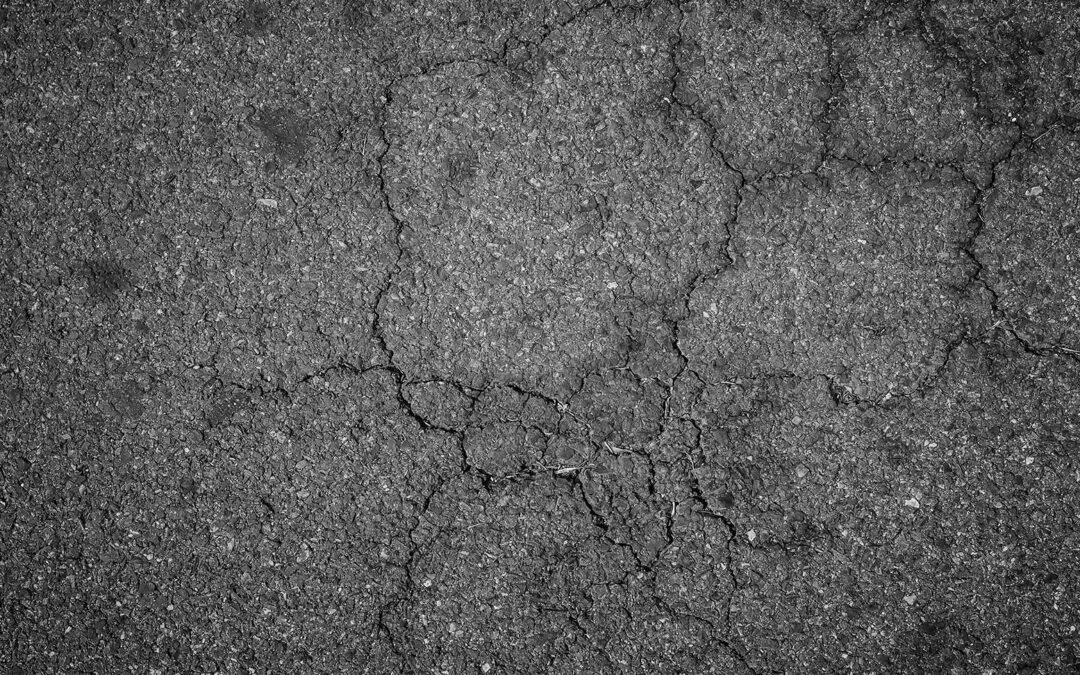 Water Bleeding and Pumping Water bleeding (left two photos) occurs when water seeps out of joints or cracks or through an excessively porous HMA layer. Pumping (right-most photo) occurs when water and fine material is ejected from underlying layers through cracks in...
Water Bleeding and Pumping Water bleeding (left two photos) occurs when water seeps out of joints or cracks or through an excessively porous HMA layer. Pumping (right-most photo) occurs when water and fine material is ejected from underlying layers through cracks in...
 Transverse (Thermal) Cracking Transverse cracks are cracks perpendicular to the pavement’s centerline or laydown direction and are usually a type of thermal cracking caused by temperature fluctuations. A large transverse crack caused by the pavement’s...
Transverse (Thermal) Cracking Transverse cracks are cracks perpendicular to the pavement’s centerline or laydown direction and are usually a type of thermal cracking caused by temperature fluctuations. A large transverse crack caused by the pavement’s...
 Stripping The loss of bond between aggregates and asphalt binder that typically begins within a HMA layer and manifests as potholes on the surface. Sometimes people refer to raveling as stripping, but they are two different functions. Raveling is where the asphalt is...
Stripping The loss of bond between aggregates and asphalt binder that typically begins within a HMA layer and manifests as potholes on the surface. Sometimes people refer to raveling as stripping, but they are two different functions. Raveling is where the asphalt is...
 Slippage Cracking Crescent or half-moon shaped cracks generally having two ends pointed into the direction of traffic. Slippage crack at an intersection due to stopping. The direction of traffic is from top to bottom. Most likely caused by poor bonding with the...
Slippage Cracking Crescent or half-moon shaped cracks generally having two ends pointed into the direction of traffic. Slippage crack at an intersection due to stopping. The direction of traffic is from top to bottom. Most likely caused by poor bonding with the...
 Rutting Pavement rutting is defined as a surface depression in the wheelpath. Pavement uplift (shearing) may occur along the sides of the rut. Ruts are particularly evident after a rain when they are filled with water. There are two basic types of rutting: mix...
Rutting Pavement rutting is defined as a surface depression in the wheelpath. Pavement uplift (shearing) may occur along the sides of the rut. Ruts are particularly evident after a rain when they are filled with water. There are two basic types of rutting: mix...
 Raveling The progressive disintegration of an HMA layer from the surface downward as a result of the dislodgement of aggregate particles. Raveling possibly resulting from segregation, temperature differentials or inadequate compaction. Raveling that is likely the...
Raveling The progressive disintegration of an HMA layer from the surface downward as a result of the dislodgement of aggregate particles. Raveling possibly resulting from segregation, temperature differentials or inadequate compaction. Raveling that is likely the...







